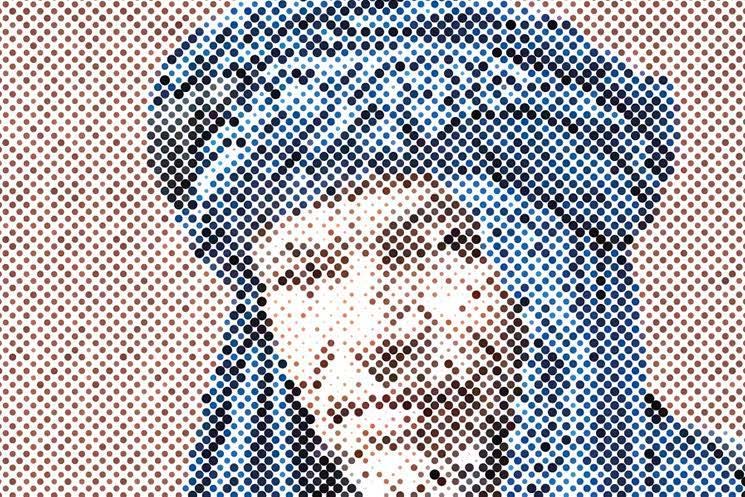Recent historical migrations have shaped the gene pool of Arabs and Berbers in North Africa Molecular Biology and Evolution
Recent historical migrations have shaped the gene pool of Arabs and Berbers in North Africa Molecular Biology and Evolution
Arauna, L.R. et al. (2017) Recent historical migrations have shaped the gene pool of Arabs and Berbers in North Africa Molecular Biology and Evolution 34(2):318-329. DOI: 10.1093/molbev/msw218.
"The genetic heterogeneity of human North African groups has been addressed through haplotype-based methods showing that their genetic landscape has been modelled in recent historical times."
Abstract:
North Africa is characterized by its diverse cultural and linguistic groups and its genetic heterogeneity. Genomic data has shown an amalgam of components mixed since pre-Holocean times. Though no differences have been found in uniparental and classical markers between Berbers and Arabs, the two main ethnic groups in the region, the scanty genomic data available have highlighted the singularity of Berbers. We characterize the genetic heterogeneity of North African groups, focusing on the putative differences of Berbers and Arabs, and estimate migration dates. We analyze genome-wide autosomal data in five Berber and six Arab groups, and compare them to Middle Easterns, sub-Saharans, and Europeans. Haplotype-based methods show a lack of correlation between geographical and genetic populations, and a high degree of genetic heterogeneity, without strong differences between Berbers and Arabs. Berbers enclose genetically diverse groups, from isolated endogamous groups with high autochthonous component frequencies, large homozygosity runs and low effective population sizes, to admixed groups with high frequencies of sub-Saharan and Middle Eastern components. Admixture time estimates show a complex pattern of recent historical migrations, with a peak around the 7th century C.E. coincident with the Arabization of the region; sub-Saharan migrations since the 1st century B.C. in agreement with Roman slave trade; and a strong migration in the 17th century C.E., coincident with a huge impact of the trans-Atlantic and trans-Saharan trade of sub-Saharan slaves in the Modern Era. The genetic complexity found should be taken into account when selecting reference groups in population genetics and biomedical studies.

Credit: Dani Rubio Arauna
